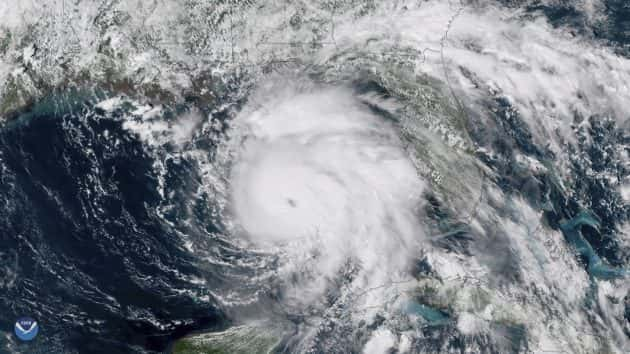
This Tuesday, Oct. 9, 2018 satellite image provided by NOAA shows Hurricane Michael, center, in the Gulf of Mexico. (NOAA via AP)
This Tuesday, Oct. 9, 2018 satellite image provided by NOAA shows Hurricane Michael, center, in the Gulf of Mexico. (NOAA via AP)
Hurricane Michael is now an “extremely dangerous” Category 4 with 145 mph winds, expected to make landfall on Wednesday afternoon with a storm surge up to 13 feet high.
A Category 4 or 5 storm has never hit the Panhandle in recorded history.
The National Weather Service warned early Wednesday that the storm was “extremely dangerous,” with “life-threatening storm surge” and “heavy rainfall.”
“You cannot hide from storm surge,” Florida Gov. Rick Scott warned at a news conference Tuesday, calling Hurricane Michael “monstrous”. “We can rebuild your house, but we cannot rebuild your life.”
“This storm can kill you,” Scott said.
By Wednesday morning, it was too late to evacuate, Scott tweeted at about 4 a.m..
“The time for evacuating along the coast has come and gone,” the governor said. “First responders will not be able to come out in the middle of the storm. If you chose to stay in an evacuation zone, you must SEEK REFUGE IMMEDIATELY.”
Robert Carroll, commissioner in Bay County, Florida, which includes Panama City, told ABC affiliate WMBB, “It’s really, really dangerous. We’ve never had a storm like this, we don’t know what we’re about to get into … Get to a shelter; get to where you’re going to be safe, please … We can’t beg enough to please get to a shelter.”
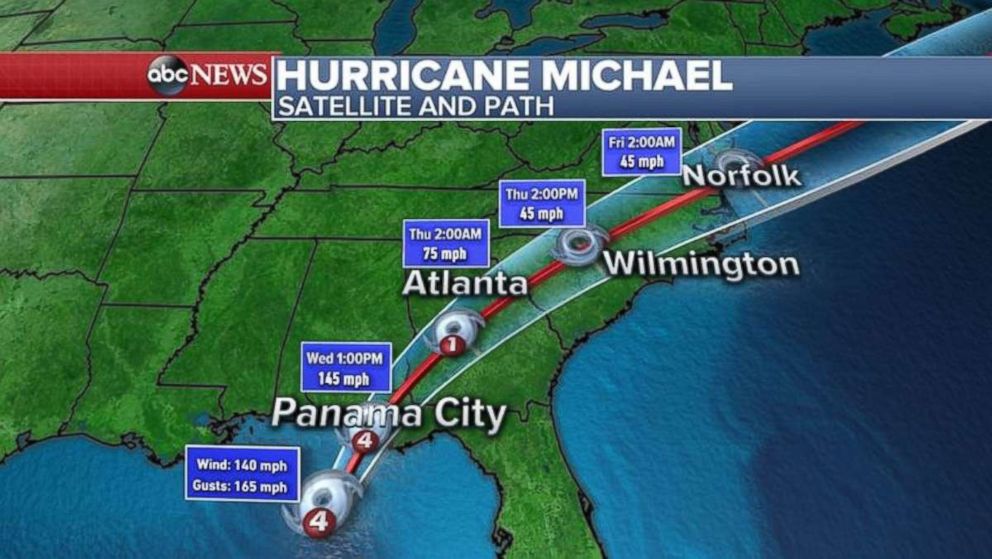
Hurricane Michael is a fast-moving storm, but it will keep hurricane-force winds all the way into Georgia overnight into Thursday morning.
Conditions were expected to be began deteriorating around the Florida Panhandle Wednesday morning, with cities like Panama City and Apalachicola experiencing the worst of the hurricane between 11 a.m. and 8 p.m.
By Thursday morning, the storm will move across Georgia and into South Carolina.
Besides the dangerous storm surge, residents should also prepare for torrential rain and major flooding, Scott said, with 4 to 8 inches of rain expected and even 12 inches possible in some areas.
Scott called the storm “monstrous,” adding, “We haven’t seen anything like this in the Panhandle in decades.”
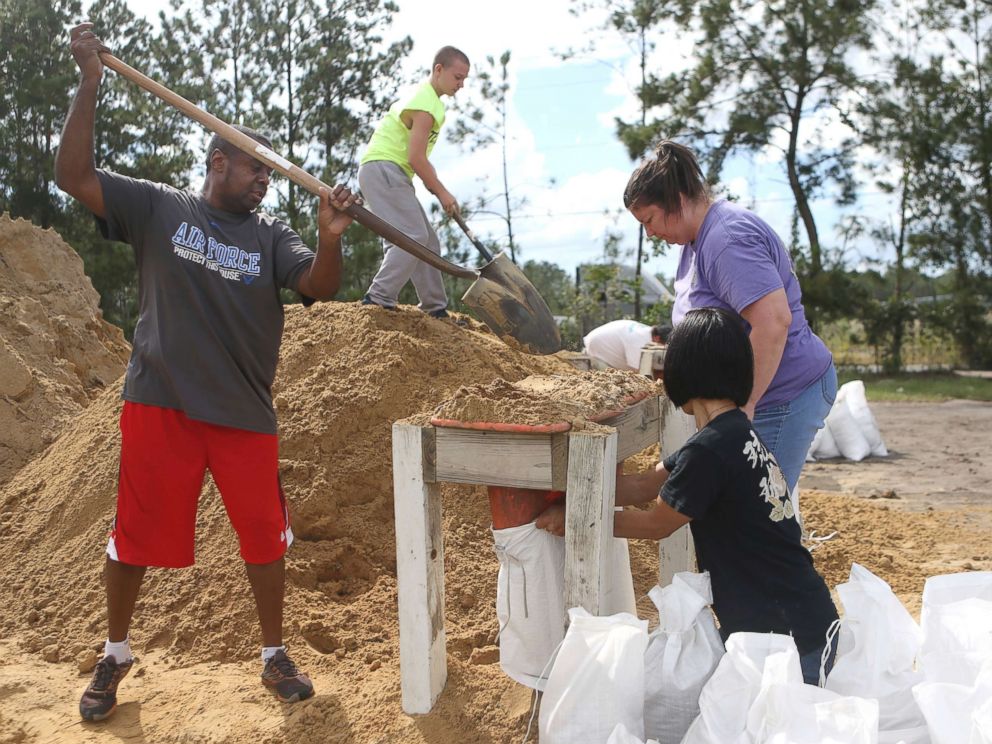
A hurricane warning is in effect for Florida cities including Tallahassee, Panama City, Apalachicola and Pensacola.
Florida State University has closed through Friday and the Pensacola International Airport is set to close Wednesday.
At least 32 shelters have already opened in the Sunshine State, officials said.
In Carrabelle, Florida, resident Cole Lauzau said she is planning to try riding out the storm at home with her roommate and their dog.
They live across the street from a swamp, so Lauzau is bracing for water to rise up to their home.
For now, Lauzau is trying to plan ahead, making sure they have enough water, food and sandbags.
“We’re a little nervous,” she told ABC News. “If we can possibly ride it out safely, we’re going to try it. And if it gets much worse … we will go.”
Warnings are in effect for more than 300 miles of coastline, the National Weather Service said.
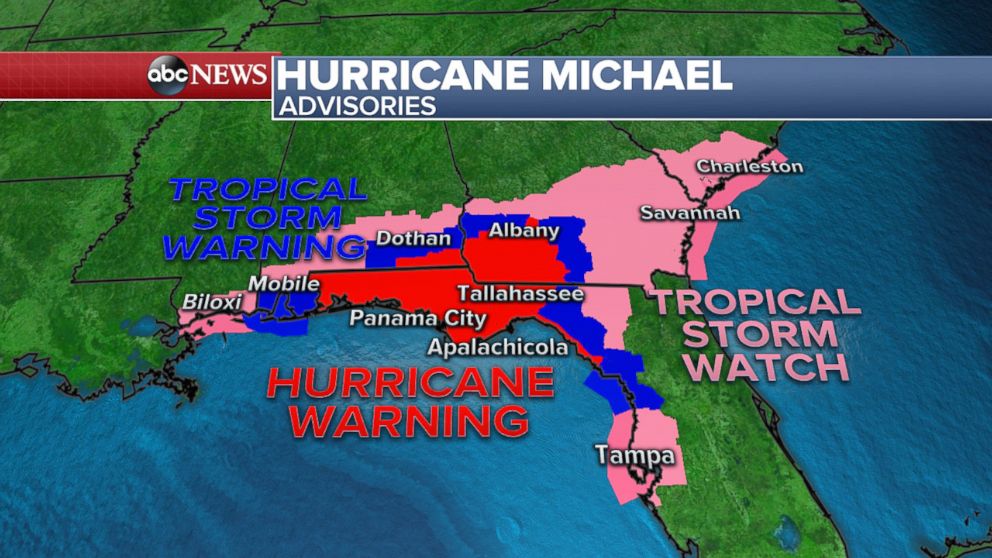
In Georgia, which will be hit by damaging winds and downed power lines, Gov. Nathan Deal on Tuesday declared a state of emergency for 92 of his state’s counties.
Scott has declared a state of emergency in 35 counties in Florida. President Donald Trump has approved an emergency declaration for Florida, permitting the federal government to provide resources and aid during the dangerous storm.
In Alabama, where residents may see massive power outages, high winds and heavy rain, Gov. Kay Ivey issued a state of emergency statewide.
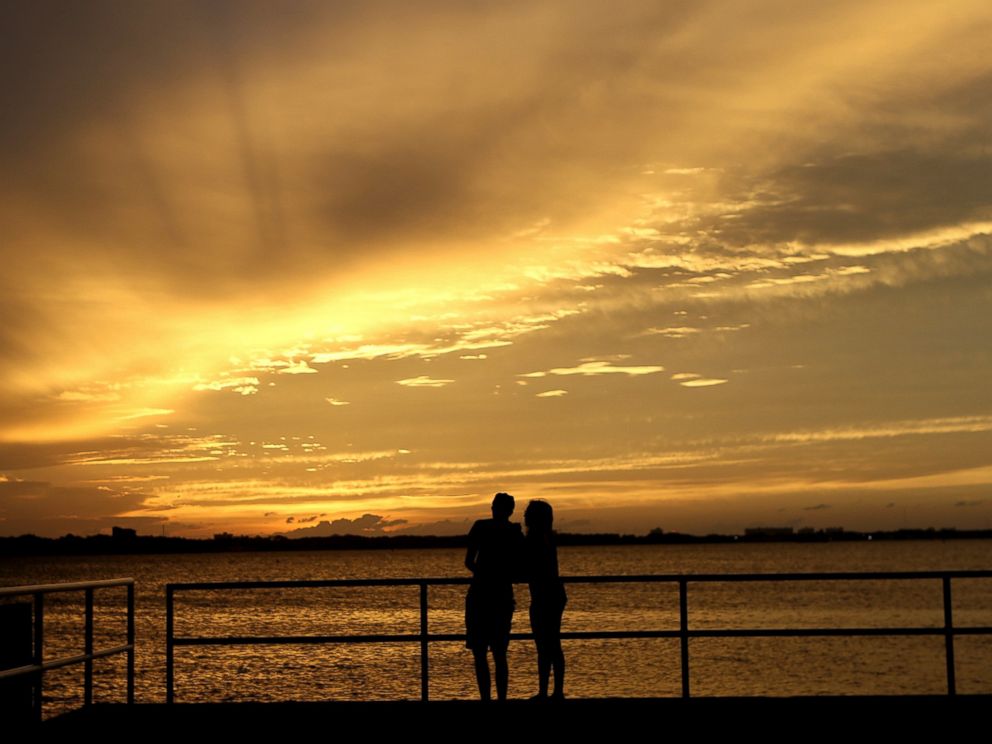
ABC News’ Victor Oquendo, Anne Flaherty, Scott Withers and Meghan Keneally contributed to this report.





